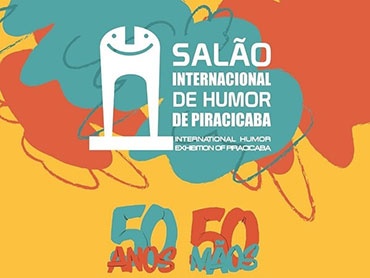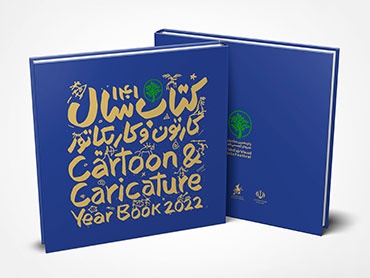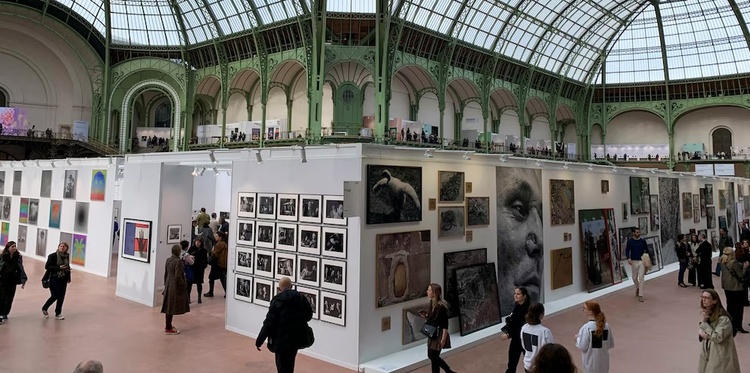
Paris Photo Exhibits Iconic Collection of Latin American Artists for the First Time
The international photography fair hosts the exhibition “The Last Photo,” which explores the influence of the image on society and politics through the collection of Estrellita Brodsky, bringing together works from the 1940s to the present day.
The philanthropist, academic, and collector Estrellita Brodsky, a leading figure in the promotion of Latin American art in the United States, arrives in Europe for the first time with her exhibition 'The Last Photo,' presented at the Paris Photo fair, which celebrates its 28th edition from November 13 to 16 at the Grand Palais (Photo: EFE / Isabel Rodríguez Ramiro).
The philanthropist, academic, and collector Estrellita Brodsky, a leading figure in the promotion of Latin American art in the United States, arrives in Europe for the first time with her exhibition The Last Photo, presented at the Paris Photo fair, which celebrates its 28th edition from November 13 to 16 at the Grand Palais.
Under the patronage of French President Emmanuel Macron, and bringing together 220 exhibitors from 33 countries, Paris Photo confirms its role as the international epicenter of contemporary photography. Among the most anticipated offerings at the fair is the exhibition "The Last Photo," a selection from the Estrellita Brodsky collection.
This is the first time her collection has been presented in Europe, featuring more than sixty works spanning from the 1940s to the present day, by artists such as Paz Errázuriz, Leo Matiz, Ana Mendieta, Beatriz González, and Vik Muniz. Brodsky explained that her exhibition "explores how images shape our perception of beauty, politics, and identity." "I am not just a collector of photographs, but of ideas. Latin American artists have broken the mold and transformed the image beyond mere documentary record," Brodsky added.
The curator and patron, of Venezuelan and Uruguayan descent and based in New York, has dedicated much of her career to studying and promoting modern and contemporary Latin American art.
“I grew up in an environment where there was limited appreciation for this art,” she recalled. “I thought it was essential to give visibility and recognition to artists who had been creating works of enormous cultural and political relevance for decades.”
Latin American Artists
Brodsky noted that her academic interest focused on Latin American artists in postwar Paris, with a transnational perspective. “The artists work without borders,” she stated, “and it is important to highlight the themes they share: society, culture, gender, and politics.”
Regarding the exhibition, she explained that The Last Photo is structured in three sections: landscape, the body, and politics, all interwoven with the idea of how the photographic image has been manipulated or reinterpreted by artists. “I was invited by Paris Photo and I accepted because, although I'm not a specific photography collector, many of my works engage with the photographic image and the way it influences our daily lives,” she noted.
The title comes from a series by Brazilian artist Rosângela Rennó, which marks the conceptual transition between analog and digital photography. “That shift from physical to immaterial media seems emblematic of the moment we are living in,” Brodsky emphasized.
Among the most representative pieces, the collector highlighted the work of Beatriz González, who transformed a journalistic image of a Colombian president celebrating while the country was experiencing a crisis and turned it into a domestic curtain sold “by the meter,” thus questioning the role of the media and the consumption of images.
“For me, it is an honor to present this collection in Europe, in such an iconic space as the Grand Palais,” Brodsky affirmed. “France has always been a welcoming place for Latin American artists, and this exhibition precisely reflects the international dialogue that I try to promote.”
In addition to its Latin American presence, Paris Photo 2025 broadens its global perspective with prominent scenes from India, the Middle East, Japan, and Eastern Europe, and with greater female representation thanks to the Elles x Paris Photo program, which has doubled the participation of women artists since 2018.
In parallel, the fair hosts talks with artists and theorists, the PhotoBook Awards, experimental installations, and a new educational space dedicated to the analog darkroom, in collaboration with the Sorbonne and the International College of Photography. With an attendance exceeding 80,000 visitors in 2024, Paris Photo is consolidating its position this year as a laboratory of ideas about the present and future of the image.
Source

- November 17, 2025
What are the types of AI?

- November 17, 2025
"Painting in Mexico Today Is More Alive Than It Was 15 Years Ago"
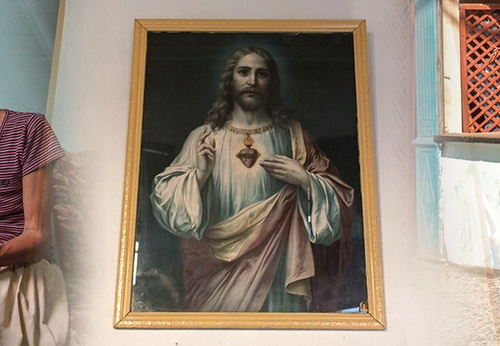
- November 17, 2025
Gallery of Photography by Damaris Betancourt – Cuba

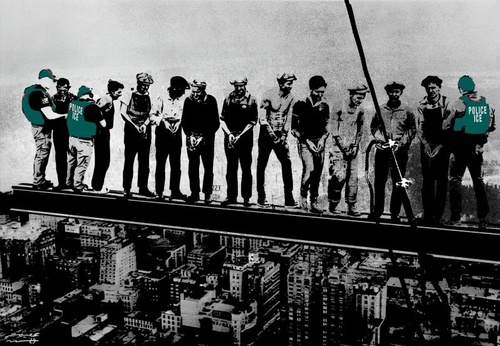
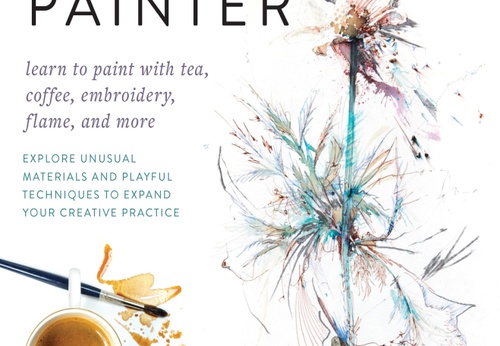

- November 17, 2025
Berg Oliveira - Brazil
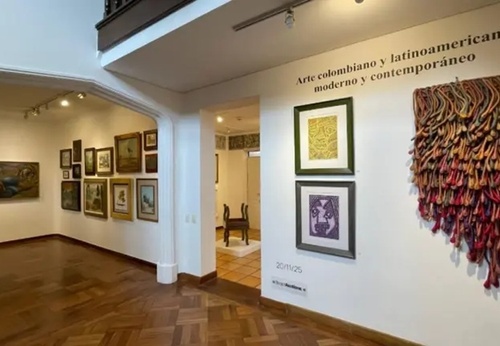
- November 16, 2025
Art Exhibition in Bogotá
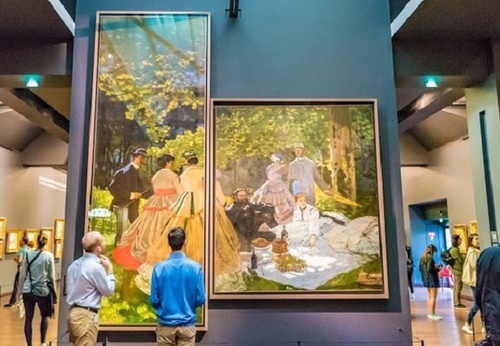
- November 16, 2025
The Importance of Aesthetic Experience in Everyday Life

- November 17, 2025
"Painting in Mexico Today Is More Alive…

- November 17, 2025
Paris Photo Exhibits Iconic Collection …

- November 16, 2025
Art Exhibition in Bogotá

- November 15, 2025
Frida Kahlo's 'The Dream (The Bed)' Exp…

- November 12, 2025
Brescia, an exhibition of works by the …

- November 12, 2025
Uruguayan Artist Joaquín Torres García …

- November 11, 2025
Painting in Mexico Today Is More Alive …

- November 11, 2025
Oaxacan School Dominates Latin American…

- November 10, 2025
Artweek 2025 Celebrates a Decade of Art…

- November 10, 2025
Pop Brasil Arrives at Malba with Over 1…

- November 10, 2025
Adriana Cisneros Pays Tribute to Latin …

- November 10, 2025
Mira Art Fair 2025

- November 09, 2025
MIRA Art Fair 2025: Latin American Art …

- November 09, 2025
The Influence of Renaissance Art on Mod…

- November 06, 2025
Experience the vibrant pulse of Latin A…

- November 06, 2025
The Ministry of Culture invites you to …

- November 06, 2025
120 Works by 50 Brazilian Artists

- November 05, 2025
Latin American Art Auction: The Star, a…

- November 05, 2025
A group exhibition presents, through wo…

- November 04, 2025
Malba at Museum Night

- October 08, 2023
Illustrations reflect the brutal Israel…

- December 25, 2023
The jury statement of the Iran-Brazil F…

- July 29, 2023
History of Caricature in Brazil

- April 20, 2024
Poignant Image of Grief Wins Mohammed S…

- May 22, 2025
Brady Izquierdo’s Personal Exhibition O…

- September 01, 2023
Neural Filters in new photoshop 2023

- March 21, 2024
The history of art in Palestine

- February 18, 2024
7 Ways to Understand What Visual Arts A…

- June 29, 2024
Exhibition at Centro MariAntonia contra…

- October 21, 2023
Erick Meyenberg and Tania Ragasol at th…

- May 15, 2024
Eleven murals for Gaza painted across t…

- March 30, 2024
illustration websites in Latin America

- August 09, 2023
Venezuela mural expresses solidarity wi…

- March 15, 2024
museum of sculpture of Salvador Dali

- March 14, 2024
museum of statue of van gogh

- May 20, 2024
Latin American Festival of Performing A…

- May 25, 2025
Bordalo II to hold exhibition in Paris …

- October 23, 2023
Photos by José Luis Díaz of the march o…

- May 27, 2025
Works by Botero, Grau, and 80 other imp…

- December 01, 2023
Latin American International Graffiti F…

- May 15, 2024
Eleven murals for Gaza painted across t…

- February 18, 2024
7 Ways to Understand What Visual Arts A…

- January 02, 2025
13 commemorations that will mark the cu…

- October 17, 2023
The influence of Latin American artists…

- February 03, 2024
THE HISTORY OF NAIF ART

- October 08, 2023
Illustrations reflect the brutal Israel…

- July 02, 2024
One of the largest urban art galleries …

- November 17, 2023
Fernando Botero's work is booming after…

- July 29, 2023
Piracicaba International Humor Exhibiti…

- November 06, 2023
Heba Zagout: Palestinian artist murdere…

- December 25, 2023
The jury statement of the Iran-Brazil F…

- December 10, 2023
Sliman Mansour and Palestinian art on t…

- February 01, 2025
A maior exposição de Botero em Barcelona

- March 14, 2024
museum of statue of van gogh

- March 21, 2024
The history of art in Palestine

- July 20, 2024
First International Mail Art Biennial 2…

- April 20, 2024
Poignant Image of Grief Wins Mohammed S…

- October 30, 2023
Palestinian turns images of the Gaza co…

- September 01, 2023
Neural Filters in new photoshop 2023

- February 06, 2024

